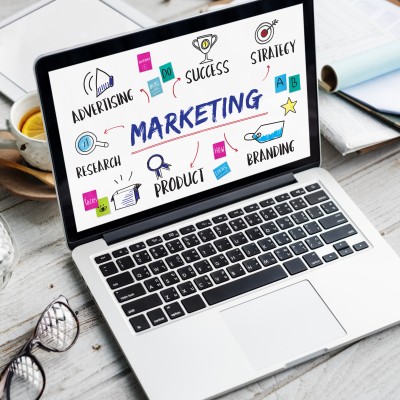Personalization has become a powerful strategy in marketing, allowing brands to create tailored experiences that resonate with individual customers. By leveraging data and technology, businesses can deliver relevant content, recommendations, and offers that meet the unique needs and preferences of consumers. Let’s explore the role of personalization in marketing, supported by examples.
- Customized Product Recommendations: Personalization enables brands to offer customized product recommendations based on individual preferences and behavior. For instance, Amazon’s “Customers who bought this also bought” feature analyzes past purchases and browsing history to suggest relevant products, enhancing the shopping experience and increasing the likelihood of conversions.
- Dynamic Content Delivery: Personalization allows marketers to dynamically deliver content that aligns with customers’ interests and behaviors. Websites and email campaigns can be customized to display relevant content, such as product recommendations, blog articles, or promotional offers. Netflix personalizes the content displayed on its platform, providing tailored recommendations based on users’ viewing history and preferences.
- Tailored Email Marketing: Email marketing campaigns can be personalized to deliver targeted messages to specific segments of customers. By analyzing customer data, such as purchase history, browsing behavior, or demographic information, brands can send personalized emails with relevant content and offers. For example, clothing retailer Stitch Fix sends personalized styling suggestions to customers based on their preferences and style profiles.
- Location-Based Targeting: Personalization can be applied based on a customer’s location, allowing brands to deliver relevant offers or recommendations specific to their geographic area. For instance, a restaurant chain can send targeted promotions to customers in a particular city or offer location-based discounts through mobile apps.
- Behavioral Retargeting: Personalization enables retargeting campaigns based on customers’ previous interactions with a brand. By tracking customer behavior, such as abandoned carts or website visits, brands can display personalized ads or send reminders to encourage customers to complete their purchase. Ad platforms like Google Ads and Facebook Ads offer retargeting options based on customer behavior.
- Personalized Landing Pages: Brands can create personalized landing pages tailored to specific customer segments or campaigns. By directing customers to landing pages that align with their interests or preferences, brands can provide a more engaging and relevant experience. HubSpot, for example, dynamically adapts landing pages based on visitors’ previous interactions and characteristics.
- Individualized Customer Service: Personalization extends to customer service interactions, allowing businesses to deliver tailored support experiences. By integrating customer data and interaction history, customer service representatives can provide personalized assistance and resolve issues more efficiently. Companies like Zappos are known for their personalized customer service, going the extra mile to understand and meet customers’ needs.
- Personalized Loyalty Programs: Personalization enhances loyalty programs by tailoring rewards, offers, and communications to individual customers. By analyzing customer purchase history and preferences, brands can offer personalized incentives and exclusive benefits. Starbucks’ loyalty program, for example, offers personalized rewards and recommendations based on customers’ previous purchases.
- Social Media Personalization: Social media platforms provide opportunities for personalized marketing experiences. Brands can leverage user data and engagement metrics to deliver targeted ads, content, and promotions. Platforms like Facebook and Instagram allow brands to create custom audiences and serve personalized ads to specific segments of users.
- Personalization through AI Chatbots: AI-powered chatbots enable personalized interactions by understanding and responding to customers’ inquiries and preferences. By leveraging natural language processing and machine learning, chatbots can provide personalized recommendations, answer customer queries, and offer relevant information. Sephora’s chatbot on Facebook Messenger, for example, assists customers with personalized beauty recommendations based on their preferences and needs.
In conclusion, personalization has become a key strategy in marketing, enabling brands to create tailored experiences that resonate with customers on an individual level.



